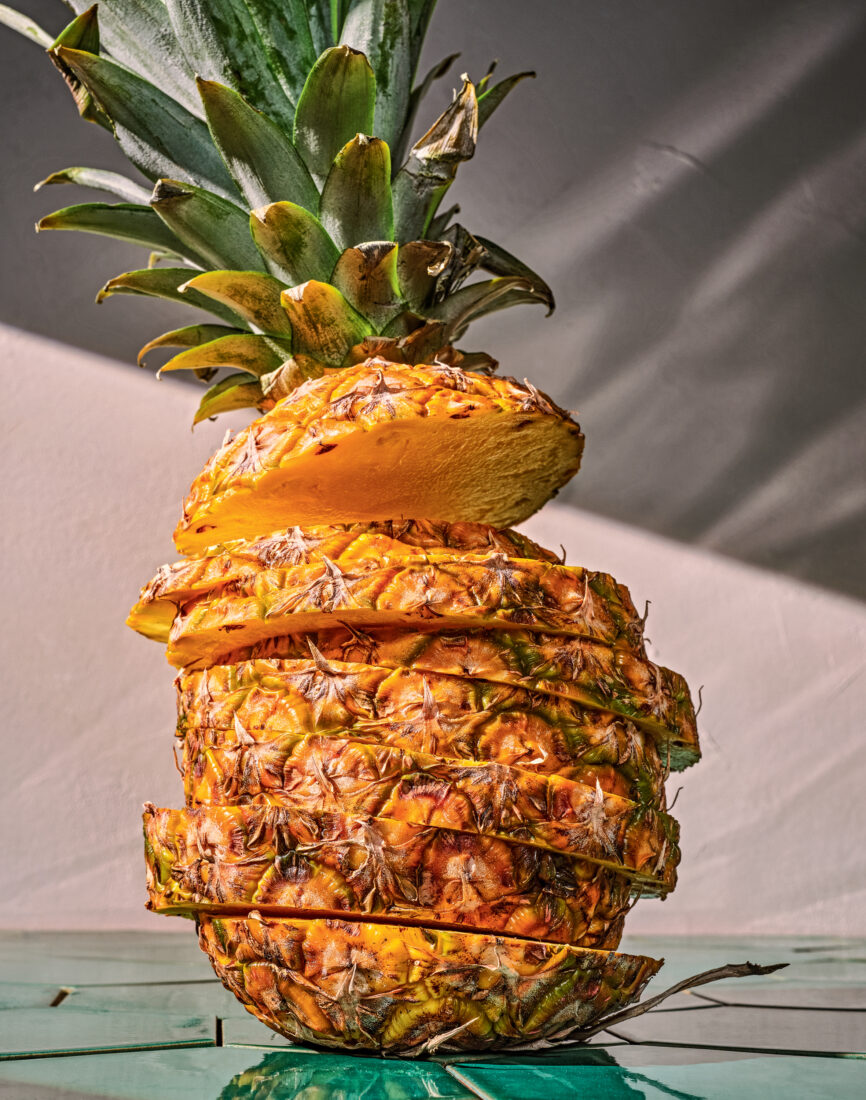A centuries-old fermented beverage, usually made from pineapple, tepache has never been noted for its refinement. “Tepache not only causes drunkenness,” reported a Pennsylvania newspaper in 1917, “but its use results in insanity as well.”

If there’s any proof for that, it hasn’t yet surfaced. Brewed in the Americas since well before the arrival of Columbus, the drink passed from the Mayans and Aztecs to the Spaniards, then persisted as a popular sipper, often made in backyards for holiday celebrations across Mexico. For the past decade, tepache has been steadily making its way north, both in bottle and idea. Restaurants serving fresh pineapple juice or tacos al pastor often found themselves with leftover rinds destined for the dumpster. Mexican kitchen staff knew a better use. The “twisty mustache” crowd of hipster bartenders then got in on the tepache action, says Clarke Anderson, the beverage director for Ford Fry’s Rocket Farm Restaurants group, based in Atlanta. “It’s not only part of the Latin culture, but now the restaurant culture as well.”
Tepache isn’t difficult to make—you just need some pineapple, unrefined sugar, a handful of spices, and the ability to do a Google search. “It’s very democratic,” says Rio Chenery, the coauthor of La Mexicanidad del Tepache, a cultural history of the beverage. “You don’t have to be a professional.” But as it turns out, Chenery is a professional, the founder of the brand Tepache Sazón, based in San Pancho, a beach town in the Mexican state of Nayarit. He and his team cultivate around fifty acres of pineapples in the nearby hills, harvest them when they’re perfectly ripe, and then truck, crush, ferment, and bottle before exporting their tepache to the United States.

Variations on the drink are vast, depending on local tradition. It can be made with corn or a fruit like quince or banana. Spices include cinnamon or allspice, but these, too, vary. Then there’s the alcohol content. In central Mexico, tepache sold in markets typically gets fermented for just two or three days, yielding a sweeter take with about 3 percent alcohol. Commercial producers tend to let it ferment longer, making it more potent, and the flavors sharpen and get tangier. Tepache Sazón is bottled at about 7 percent alcohol, as is Rico Tepache, made by Austin Eastciders in Texas. (You can also find alcohol-free versions, which are more akin to kombucha and marketed accordingly.)
A nicely chilled tepache makes an ideal accompaniment to the languor of a stifling summer’s day. Anderson says the Mexican restaurants in his group have seen brisk sales. “It fits into a category where hard seltzers and sour beer are,” he says, noting it can also brighten up cocktails, as in a tepache-enhanced take on Ranch Water, a classic summer drink with strong Texas ties.
The recipe here is best viewed as more general guideline than doctrine. For sweeter tepaches, you can go lighter on the agave syrup. With a higher-proof tepache, a little more syrup will temper some of the tartness. Eventually you’ll land right where you belong. “It’s a beautiful category to explore,” Anderson says. And far from insanity.








